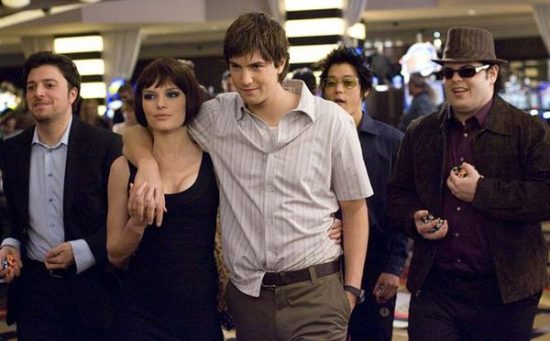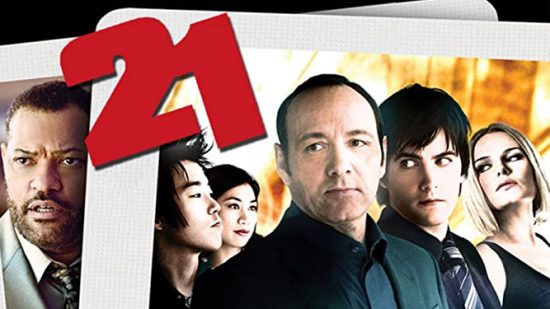MIT Students Take Vegas: Real Life Vs. Movie
In gambling lore, few stories outdo the Massachusetts Institute of Technology (MIT) students who “outsmarted” casinos throughout the world. The whiz kids counted cards and took the casinos for millions of dollars in the process during a thirty-year stretch.
The story has been retold in books, Bringing The House Down, and most famously, the Hollywood movie 21 (which was “loosely” based on the book). Loosely is the most apt word because there’s serious inconsistencies with the real-life events and the Hollywood “fantasy.”
While we love the movie as much as the next person — what’s not to like about a plot that makes Las Vegas casinos the bad guys — but we don’t want to give Hollywood a complete pass either. That’s why we’ve zeroed in on the biggest differences between the two. And believe us, the real-life story is interesting enough that it doesn’t need to be fabricated.
Not As Easy As 1-2-3
In the flick, the MIT students are seemingly unbeatable. Win after win is racked up montage-style, including a $640,000 night in the finale. However, anyone that’s played blackjack before knows sometimes luck just isn’t on your side — whether you’re card counting or not.
John Chang, who played with the team before becoming its manager in real life, has been quick to point out the movie’s inaccuracies. He’s been harsh about the never-lose depiction of the team, saying “it just wasn’t that easy. We didn’t win every time. In fact, we endured months of losing from time to time.”
See? Even count-carders are prone to cold streaks. And for those wondering, Chang was the inspiration behind one of the movie’s main characters, Micky, played by Kevin Spacey.
Motivations Were Made Up
If you know anything about Hollywood script writers, you know they care deeply about what motivates their main characters. They can’t do something just for the sake of it, there needs to be a deeper, underlying reason — preferably one the general audience can connect with.
That explains why the movie’s leading character, Ben, was over-humanized. In the film, he joins the MIT Blackjack team primarily to fund himself through Harvard Medical School. The character who Ben is based on, Jeff Ma, came from a well-off family in reality.
Another motivating factor in the movie for Ben was a love interest. He’s persuaded to join the team by the Kate Bosweorth-acted Jill character. Once again, Jeff says no such thing happened during his tenure on the team.
“Whitewashed” Cast
In case you haven’t figured it out by now from the real-life names, the majority of the MIT Blackjack Team was actually Asian-American, not caucasians like their movie counterparts. This re-cast is the classic Hollywood trick notoriously dubbed “whitewashing.” Apparently, film producers believe the audience can relate to white American actors better than those of foreign descent.
It should be noted 21 was released in 2008 when it was easier to get away with whitewashing. In today’s politically-charged environment, such a decision would surely be met with rampant criticism online.
Far From A Shadowy Operation
In the movie, the card-counting squad act under a veil of secrecy. Players keep their participation in the club very hush-hush, shielding away family and friends from knowing. The team also is bankrolled by its team manager.
In actuality, the team was run like a well-oiled machine. In 1992, a limited partnership entity was officially formed called Strategic Investments. The legal entity received money from venture capitalists, which it in turn used to recruit players and finance blackjack playing. The company was disbanded only a year later, but succeeding MIT players formed another company, this time called Amphibian Investments.
All Work, No Play
Strippers, parties, guilty-pleasure gambling — that’s all depicted in the movie as a post-blackjack celebration from the MIT students. But once again, things couldn’t be further from the truth.
When out on trips, the real-life MIT team was all business, according to Cheng. He’s quoted as saying, “our time was too valuable, and our focus too intense to bother. You’d be considered such a losing sucker if you did any of that.” We have to remember, the players were mostly geeky MIT students — not exactly the crowd you’d find inside a Las Vegas strip club. Nice try, Hollywood!











